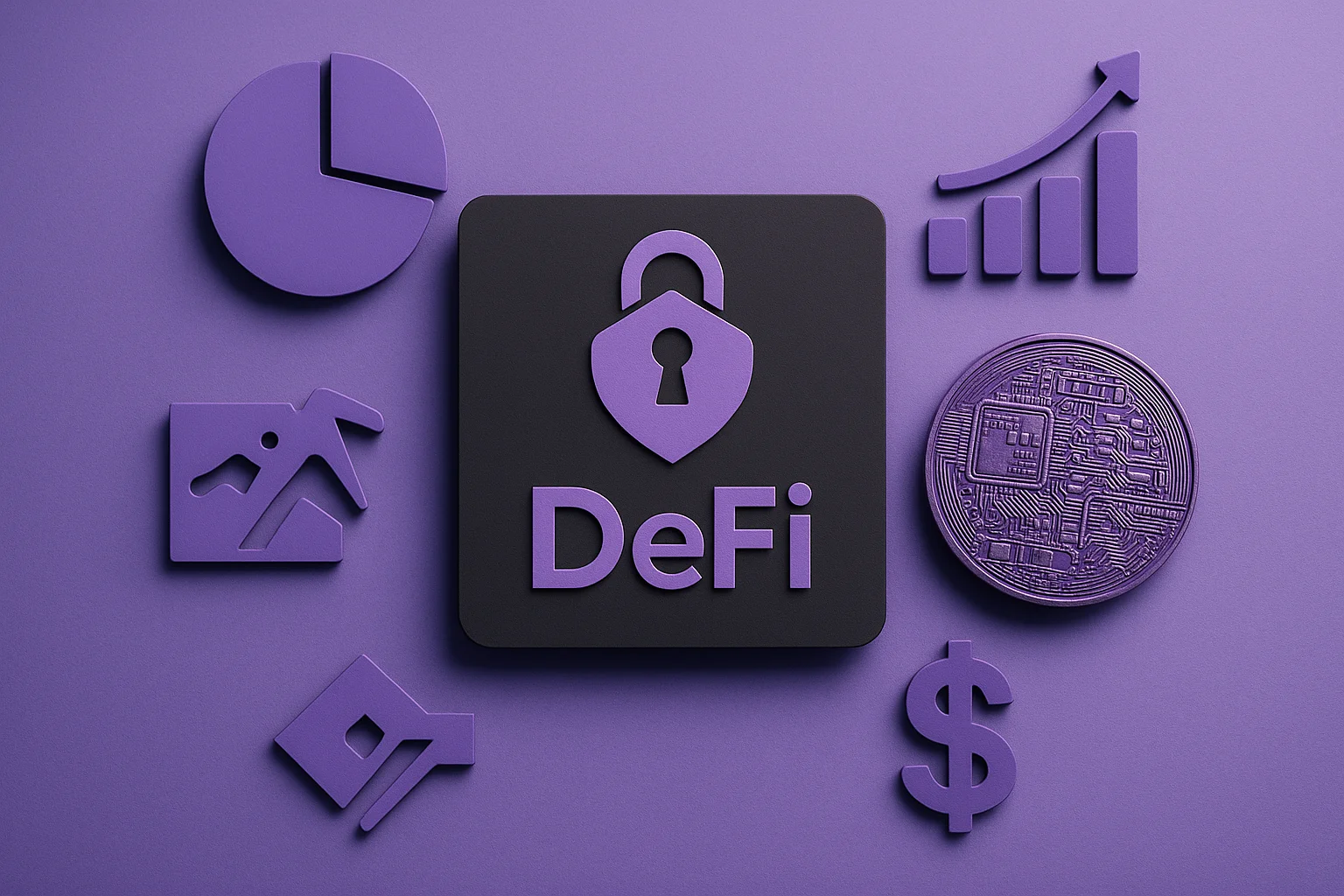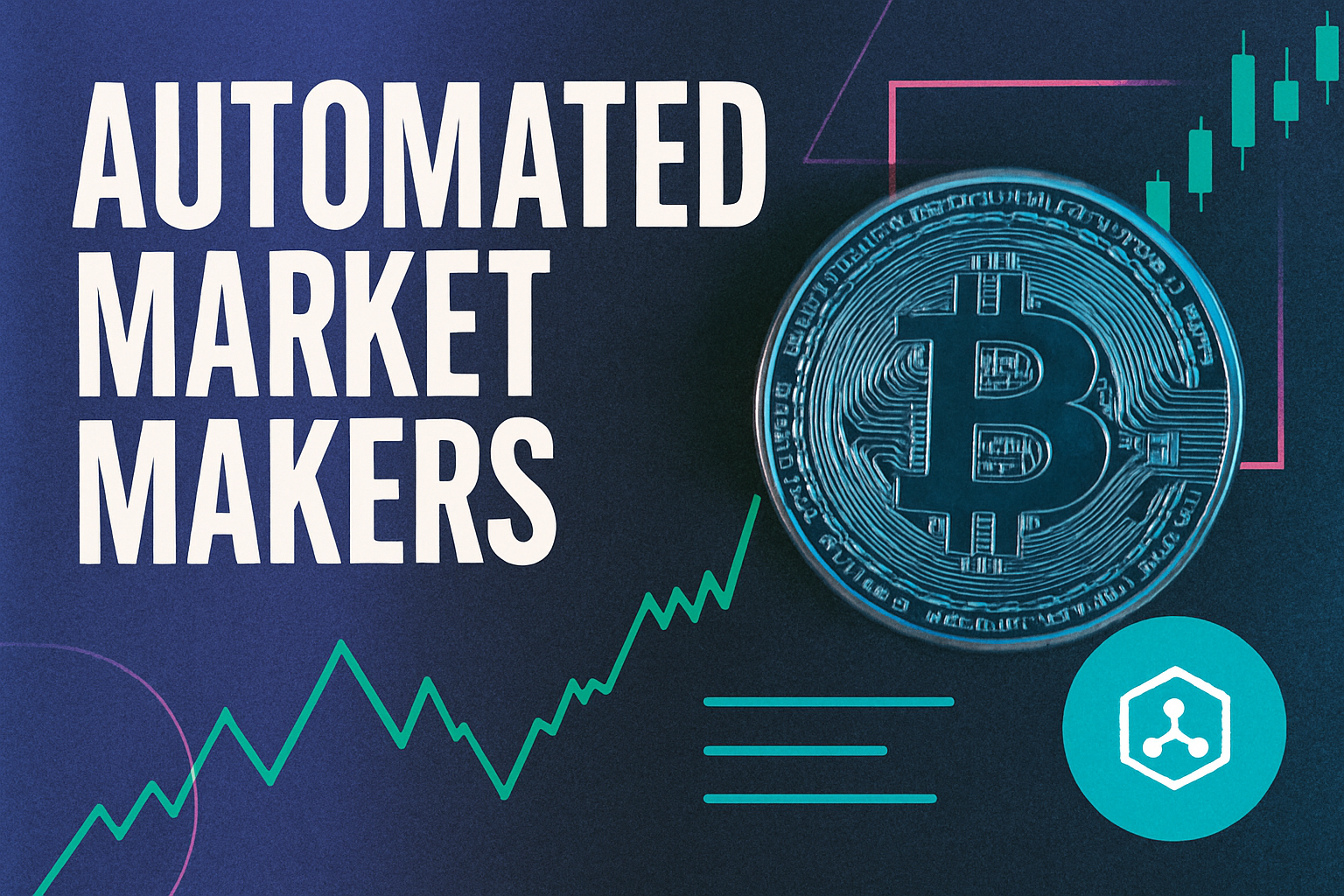
DeFi has always been a playground for innovation, but it’s also a battleground for those seeking to extract value from the system. In 2025, MEV redistribution protocols are stepping up as the new guardians of fairness in decentralized finance. If you’re tired of seeing insiders and bots siphon off profits through predatory tactics, you’ll want to understand how these protocols are rewriting the rules of MEV extraction, and why that matters for every trader, LP, and protocol designer out there.

The Problem: Extraction Risk in Modern DeFi
Maximal Extractable Value (MEV) is the profit that can be made by manipulating transaction ordering or inclusion on blockchains. While some MEV is an inevitable byproduct of open markets, unchecked extraction leads to front-running, sandwich attacks, and other manipulations that sap user confidence and threaten protocol sustainability.
In 2025, research from Ancilar Technologies and Arkham underscores that managing MEV requires more than just technical tweaks. It’s about combining robust infrastructure with transparent incentives, making sure value doesn’t get trapped at the top but flows back to those who actually build and use these networks.
Strategy #1: Protocol-Level MEV Sharing Mechanisms
The biggest leap forward? Modern DeFi protocols now include built-in MEV redistribution layers. Solutions like SUAVE and Flashbots PBS have become essential tools for any serious protocol designer. Here’s how they work:
- Automatic Sharing: Instead of letting a handful of validators or block builders pocket all the extracted value, these systems split MEV profits among validators, stakers, and even end users.
- Reduced Extraction Incentives: By making extraction less lucrative for bad actors, and more rewarding for honest participation, these mechanisms help stamp out harmful behaviors like spam bidding or gas wars.
- Sustainable Fairness: When everyone gets a slice of the pie, you build a healthier ecosystem where long-term participation is actually incentivized.
If you’re curious about integrating these mechanisms into your own projects or want a deeper dive on their impact on fairness, check out our guide on how MEV redistribution protocols improve fairness in DeFi transactions.
Strategy #2: Private Transaction Relays and Encrypted Mempools
The second major innovation is all about privacy. By leveraging private RPC endpoints and encrypted mempool solutions (think MEV-Share, bloXroute’s Protected RPC), DeFi platforms can finally shield user transactions from being sniped by bots before they hit the blockchain.
- No More Front-Running: Transactions sent through private relays aren’t visible to would-be exploiters until they’re confirmed, dramatically slashing front-running risk.
- Smoother Trading Experience: With less manipulation in the mempool, users see fewer failed trades and less slippage.
- Easier Compliance and Analytics: Encrypted mempool data can be audited (with consent) to ensure fair play without exposing sensitive trading intentions to adversaries.
This isn’t just theory, real-world deployments are proving that encrypted mempools can cut extraction risk while keeping DeFi open and composable. For developers looking to go deeper into implementation details or compare available relay solutions, our resource on implementing fair MEV redistribution mechanisms in DeFi is a must-read.
The Rise of Dynamic Fee Markets with Community Redistribution
The third strategy shaking up 2025’s DeFi landscape? Dynamic fee models where part of every extracted MEV fee gets kicked back to liquidity providers or protocol participants.
- Baked-In Incentive Alignment: Instead of fees vanishing into validator wallets, they flow back to those providing real value, LPs who supply liquidity or active users fueling DApp growth.
- Shrinking Negative Externalities: By redistributing fees community-wide, dynamic markets reduce the downsides of concentrated extraction (like diminished pool yields or exit liquidity crunches).
- Ecosystem Resilience: Protocols with built-in sharing tend to attract stickier capital and more engaged users, a win-win for everyone except would-be extractors!
If you want practical advice on optimizing these strategies for your own protocol or portfolio, don’t miss our hands-on playbook: optimizing MEV redistribution strategies for DeFi protocols in 2025.
What’s especially exciting about these dynamic fee markets is how they’re changing the game for everyday DeFi participants. In the past, most users simply had to accept that value would leak out of the system via sophisticated MEV extraction. Now, with redistribution as a core design principle, MEV sharing strategies in 2025 are making it possible for everyone, from casual traders to hardcore LPs, to benefit from the growth and activity they help generate.
Top MEV Redistribution Strategies Dominating DeFi in 2025
-

Protocol-Level MEV Sharing Mechanisms (e.g., SUAVE, Flashbots PBS): Modern DeFi protocols like SUAVE and Flashbots Proposer-Builder Separation (PBS) are embedding MEV redistribution directly into their infrastructure. These systems automatically share extracted value among validators, stakers, and users, reducing incentives for harmful extraction and promoting network-wide fairness.
-

Private Transaction Relays and Encrypted Mempools: By leveraging private RPC endpoints and encrypted mempool solutions such as MEV-Share and bloXroute’s Protected RPC, DeFi platforms can shield user transactions from front-running and sandwich attacks. This approach significantly lowers extraction risk and enhances user protection.
-

Dynamic Fee Markets with Community Redistribution: Emerging DeFi applications are adopting dynamic fee models where a portion of MEV-derived fees is redistributed to liquidity providers or protocol participants. This aligns incentives and mitigates the negative impacts of concentrated MEV extraction, fostering a healthier and more equitable DeFi ecosystem.
Let’s break down why this shift matters. First, it gives protocols a real shot at building fair MEV markets. When fees are split transparently and automatically, there’s less room for shadowy actors to game the system. Second, it means that capital providers, who shoulder much of the risk, are finally compensated for the unique value they bring. And third, this approach helps protocols weather volatility by keeping incentives aligned even during wild market swings.
The analytics side is growing up too. Modern blockchain MEV analytics tools (like those offered by EigenPhi and Flashbots Explorer) now let users and devs track where MEV is flowing in real time. This makes it easier to spot inefficiencies or manipulation before they become systemic risks, and gives DAOs powerful data to guide future upgrades.
Governance: The Human Layer of MEV Redistribution
No matter how slick your tech stack is, true fairness comes down to governance. In 2025, we’re seeing DAOs like CoW DAO take center stage by letting their communities vote on how MEV-derived fees should be allocated. This decentralized approach ensures that redistribution rules aren’t dictated by a handful of insiders but instead reflect the evolving needs of protocol users.
If you want to dig deeper into how protocol-native sharing mechanisms stack up against older models, or see case studies on DAOs governing fee splits, check out our comprehensive resource on how MEV redistribution protocols enhance DeFi fairness.
What’s Next? Staying Ahead in Fairer DeFi Markets
The bottom line: MEV redistribution protocols aren’t just a technical upgrade, they represent a cultural shift toward transparency and shared upside. As more platforms adopt protocol-level sharing, encrypted mempool solutions, and community-driven fee models, extraction risks shrink while user confidence grows.
If you’re building or trading in 2025’s DeFi markets, keep these priorities front and center:
- Prioritize transparency: Use open analytics tools and support standardized reporting so users know where value flows.
- Embrace community governance: Let your users help shape how extracted value gets shared back.
- Stay agile: The landscape moves fast; be ready to iterate as new threats and opportunities emerge.
The days of unchecked extraction are numbered, and if you play your cards right, you won’t just survive this new era of fairer DeFi; you’ll thrive in it.





